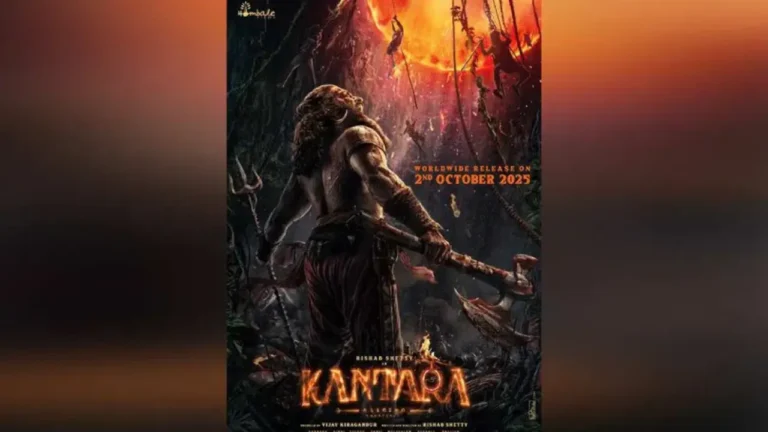The Evolution of Storytelling
The art of storytelling has been a cornerstone of human culture for centuries. From ancient myths to modern-day blockbusters, stories have the power to captivate, inspire, and transform us. But as technology continues to advance at an unprecedented rate, the way we tell stories is undergoing a profound transformation. In this article, we'll explore the evolution of storytelling in the film industry and how emerging technologies are revolutionizing the way we create, consume, and interact with stories.
The Rise of Virtual Reality
Virtual reality (VR) has been touted as the next big thing in film production. By immersing viewers in a fully interactive environment, VR has the potential to create a more engaging and immersive experience than traditional cinema. But what does this mean for the art of storytelling?
According to Jeremy Bailenson, a professor of communication at Stanford University, "VR is not just a new way to watch movies; it's a new way to experience stories." By allowing viewers to step into the shoes of the protagonist, VR can create a level of empathy and understanding that's impossible to achieve with traditional film.
But VR is not without its challenges. As Bailenson notes, "The biggest challenge is creating a narrative that's compelling enough to keep viewers engaged for an extended period." With VR, the viewer is no longer a passive observer; they're an active participant in the story. This requires a fundamentally different approach to storytelling, one that's more interactive and immersive.

The Power of Artificial Intelligence
Artificial intelligence (AI) is another emerging technology that's transforming the film industry. From automated editing software to AI-powered visual effects, AI is streamlining the production process and opening up new creative possibilities.
But AI is not just a tool for filmmakers; it's also a collaborator. As Amnon Shashua, the CEO of Mobileye, notes, "AI can help us create more complex and nuanced characters, characters that can learn and adapt over time." By analyzing vast amounts of data, AI can identify patterns and trends that human writers might miss, creating more realistic and engaging characters.
However, the use of AI in film production also raises important questions about authorship and creativity. As Shashua asks, "Who is the author of a film created with AI? Is it the human writer, the AI algorithm, or some combination of both?" These are questions that will only become more pressing as AI becomes more prevalent in the film industry.
The Impact of Data Analytics
Data analytics is another emerging technology that's transforming the film industry. By analyzing vast amounts of data on viewer behavior, filmmakers can gain insights into what works and what doesn't, creating more effective marketing campaigns and distribution strategies.
But data analytics is not just about marketing; it's also about storytelling. As Jason Blum, the founder of Blumhouse Productions, notes, "Data analytics can help us identify what scares people, what makes them laugh, and what makes them cry." By analyzing data on viewer behavior, filmmakers can create more effective and engaging stories, stories that resonate with audiences on a deeper level.
However, the use of data analytics in film production also raises important questions about the role of the artist. As Blum asks, "Do we want to create films that are optimized for algorithms, or do we want to create films that are true to our artistic vision?" These are questions that will only become more pressing as data analytics becomes more prevalent in the film industry.
The Future of Storytelling
So what does the future of storytelling look like? Will we see a world where VR and AI dominate the film industry, or will traditional cinema continue to thrive?
According to James Cameron, the director of Avatar, "The future of storytelling is about creating immersive experiences that transport viewers to new worlds and new realities." Whether through VR, AI, or traditional cinema, the goal of storytelling remains the same: to captivate, inspire, and transform us.
As we look to the future, it's clear that emerging technologies will play a major role in shaping the film industry. But it's also clear that the art of storytelling will remain at the heart of what we do. As Cameron notes, "The technology may change, but the art of storytelling remains the same."
Some of the most innovative uses of emerging technologies in film production include:
- Using VR to create immersive experiences that simulate real-world environments
- Using AI to analyze vast amounts of data on viewer behavior and create more effective marketing campaigns
- Using data analytics to identify what works and what doesn't in film production, and creating more effective distribution strategies
- Using AI-powered visual effects to create more realistic and engaging characters
- Using automated editing software to streamline the production process and reduce costs
"The biggest challenge is creating a narrative that's compelling enough to keep viewers engaged for an extended period." - Jeremy Bailenson
The Psychology of Immersive Experiences
The art of storytelling in film production has a profound impact on our emotions and perceptions. But what if we told you that a similar phenomenon occurs in the world of gaming? The thrill of spinning reels and the anticipation of a big win can be just as captivating as a blockbuster movie. In fact, the psychology behind immersive experiences is a key factor in the development of online games, such as Hot Fruits 20 slot online demo (Amatic), which are designed to simulate the excitement of a real-life experience. By leveraging the same principles of storytelling and emotional engagement, game developers can create an experience that's just as thrilling as a Hollywood blockbuster. And with the rise of emerging technologies, the boundaries between film production and gaming are becoming increasingly blurred.
Conclusion
The evolution of storytelling in the film industry is a complex and multifaceted topic. As emerging technologies continue to advance at an unprecedented rate, the way we tell stories is undergoing a profound transformation. From VR and AI to data analytics and automated editing software, these technologies are opening up new creative possibilities and streamlining the production process.
But as we look to the future, it's clear that the art of storytelling will remain at the heart of what we do. Whether through traditional cinema or emerging technologies, the goal of storytelling remains the same: to captivate, inspire, and transform us. As James Cameron notes, "The technology may change, but the art of storytelling remains the same."












